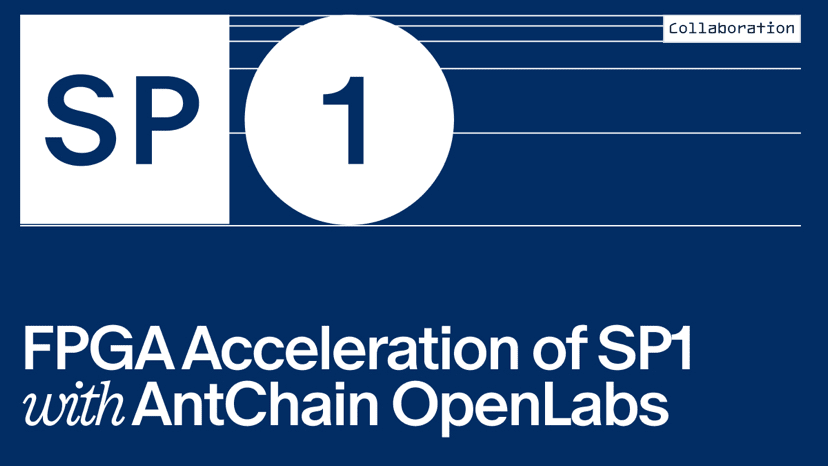Many people think that PROVE is just 'airdrop once, everyone earns and runs away', but after looking at the token economic model, I feel that we cannot simply ignore its economic structure.
The circulating supply is about 195 million, accounting for 19.5% of the maximum supply of 1 billion. A large proportion of tokens held by the team and investors are being unlocked. If a bit of staking rewards is offered to attract users to lock up their assets, and it’s still not stable enough, future releases may bring significant inflationary pressure.
CMC's forecast data shows that about 30% belongs to the team and investors, expected to be unlocked within 2-4 years. Currently, there are already 6.8M PROVE staked, indicating that the market is starting to test, but if the incentives are insufficient, the sell pressure from unlocking may exceed the buy pressure introduced by staking.
I also compared the growth of TVL and proofs, showing that the balance between 'increased usage vs. token release pressure' for the proof layer is very delicate. In the coming quarters, if usage doubles but unlocking happens too quickly, the price may struggle to keep up. If you are writing this article, you must discuss staking APR, lock-up terms, and unlocking rhythm, rather than just looking at natural supply scarcity.
The short-term hype and long-term price are not synchronized, which is a pit that many underlying projects overlook. This article is meant to remind both writers and readers that whether Succinct can maintain stability in the long term depends on whether it can encourage participants to lock up tokens instead of selling them.
@Succinct #SuccinctLabs $PROVE

